Last week, I once again opened the local newspapers from 1925, which are housed in the Churchill Couty Museum and Archives. I had hoped to write an article about the Fourth of July festivities of 100 years ago. Mysteriously, there were no Fourth of July activities advertised! No dances; no parades; no community picnics. What did catch my attention was a half-page ad placed by the Nevada State Board of Health in both the Fallon Eagle and the Churchill County Standard, in late June 1925, stating that precautions should be taken “to prevent the spread of Infantile Paralysis,” commonly called polio. Parents were advised to keep children at home. “The best way to keep your child from contracting this disease is to keep him away from other children. It is especially important that they should not be allowed to go to school, church, moving pictures, shows, baseball games, Fourth of July celebrations or any other place where there is a crowd.” The mystery, then, was at least partially solved. Fallon was experiencing an outbreak of polio.
In quest of more information about the local polio outbreak, I came upon this news item from the October 10, 1925, Churchill County Standard:
“Deputy Sheriff C.M. Way received a cheerful and happy letter from his daughter, Mildred, yesterday, giving a very pleasing report of the progress of her case …
“A portion of the first cast was removed Tuesday evening from her lower limbs. The doctor was delighted with the results so far attained…while a couple of more casts may be necessary. The doctor only expected the limb to come up one inch but was most agreeably surprised to see that it had come up four inches. He remarked, ‘It is wonderful what a little plaster and rest will do.’
“Mildred goes from the apartments to the hospital in a wheelchair for treatments. In conversation with various patients, she has gained a new vision so far as her own case is concerned. She mentions various girls and women who are taking treatment who remark that Mildred is sure to recover because she came to the hospital so soon after her siege of infantile paralysis. Some of them had it a number of years before taking treatment, so that there is no hope of recovery, though they may receive considerable benefit. At best, they know that they will always be cripples.
“One of the girls told Mildred that the other children at Fallon who had infantile paralysis ought to come there for treatment. The patients told Mildred that the treatments can be had there for 23 cents a treatment and with children from families that are not able to pay the hospital will treat them without charge. There are a few children in Fallon who, it is understood, are not being treated and it really seems that efforts should be made to send these unfortunate little ones to this public hospital in Los Angeles (the hospital is not identified in the article).”
As in the case of Fallon’s Mildred Way, during the 1920’s, management practices for infantile paralysis emphasized the need to rest the affected muscles and suggested that the application of splints would prevent tightening of muscle, tendons, ligaments or skin that would prevent normal movement. Many paralyzed polio patients lay in plaster body casts for months at a time. This prolonged casting often resulted in atrophy of both affected and unaffected muscles. In 1926 (a year following Mildred’s illness), Franklin Roosevelt, convinced of the benefits of hydrotherapy, bought a resort at Warm Springs, Georgia, where he founded the first modern rehabilitation center for treatment of polio patients, which still operates. Beginning in the 1930’s, the invention of the iron lung saved many thousands of lives, but the machine was cumbersome and very expensive, and mortality rates were nonetheless high. 1952, during the worst recorded epidemic in America, 3,145 people in the United States died from the disease. A year later, a vaccine invented by Dr. Jonas Salk was tested, first on himself and his family and then on 1.6 million children. The vaccine was licensed in 1955. By 1994, polio was considered eliminated in North and South America.
I don’t know the rest of Mildred’s story or whether more local children were sent to the Los Angeles hospital, but I do know that, on the Fourth of July, 1925, 100 years ago, there was no celebrating on the streets of Fallon.
Please send your stories and suggestions for stories to [email protected].


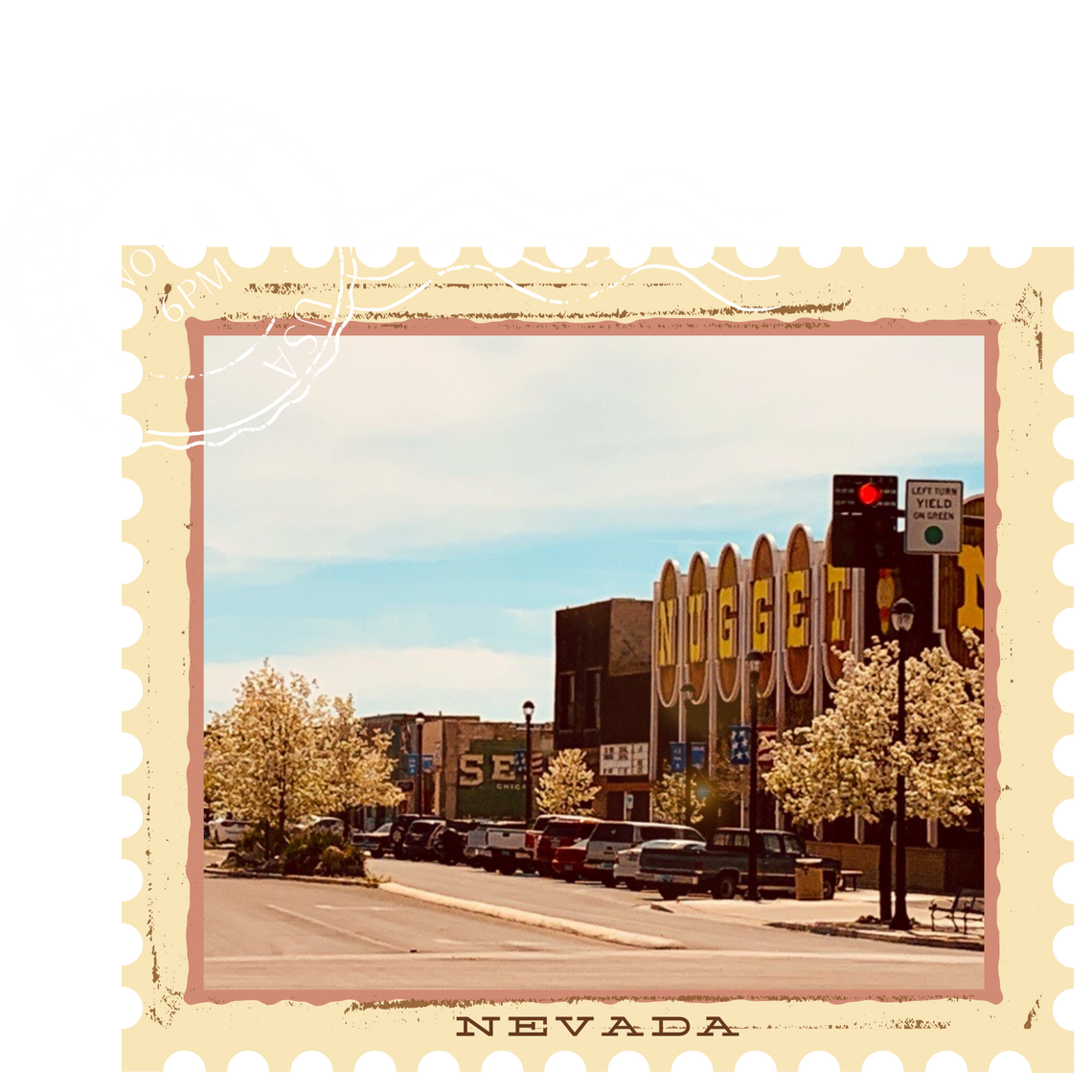
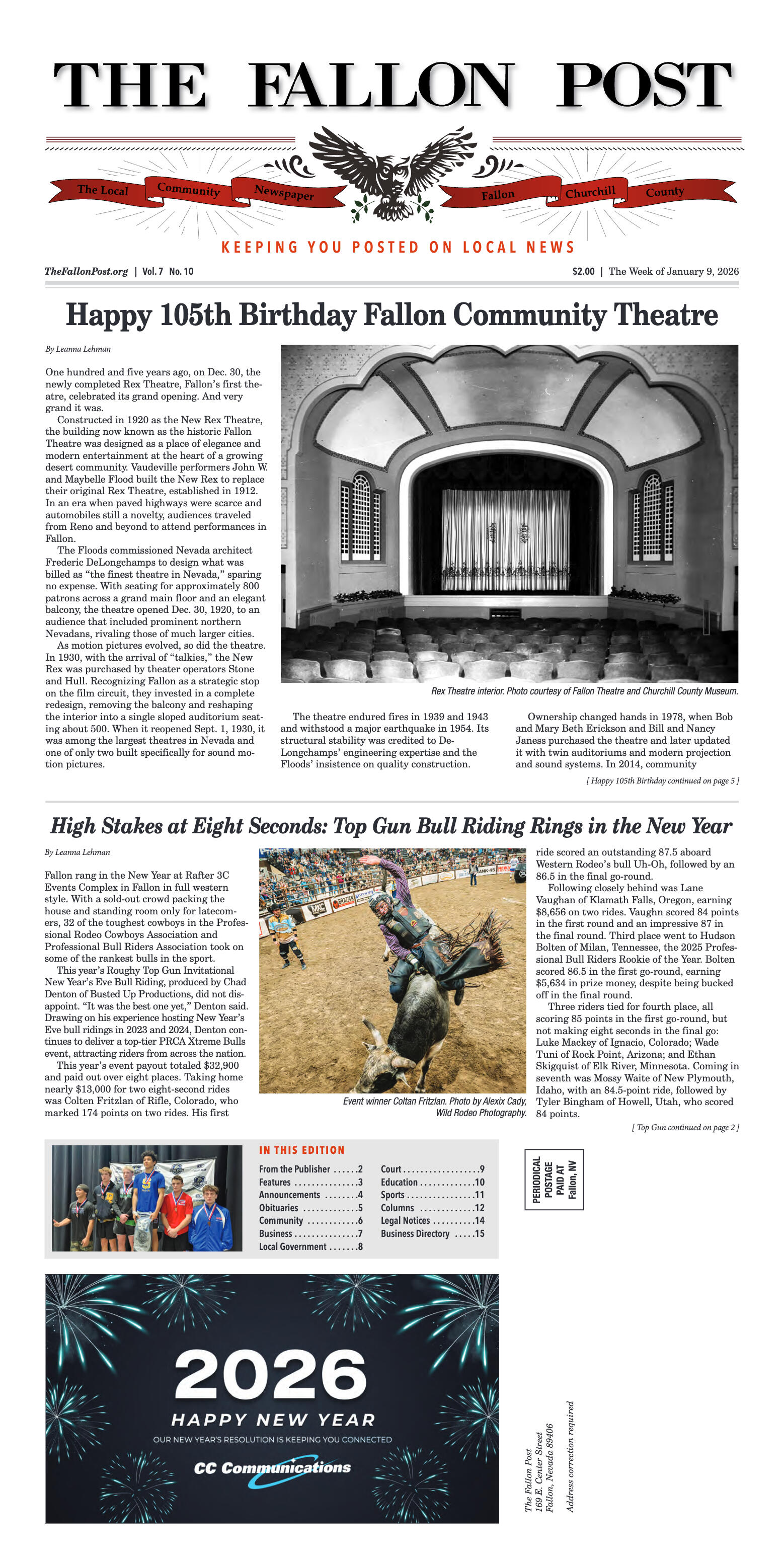
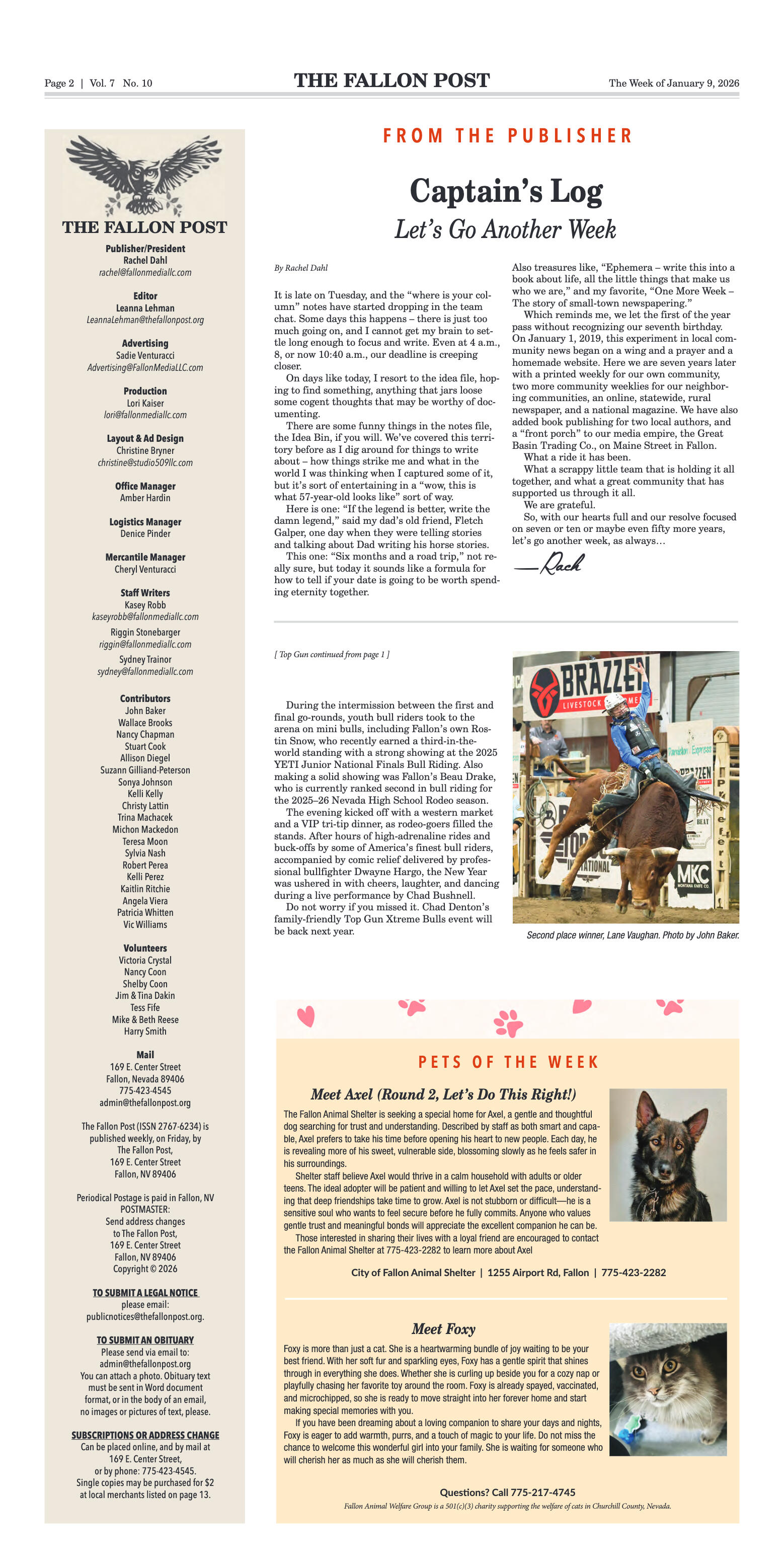
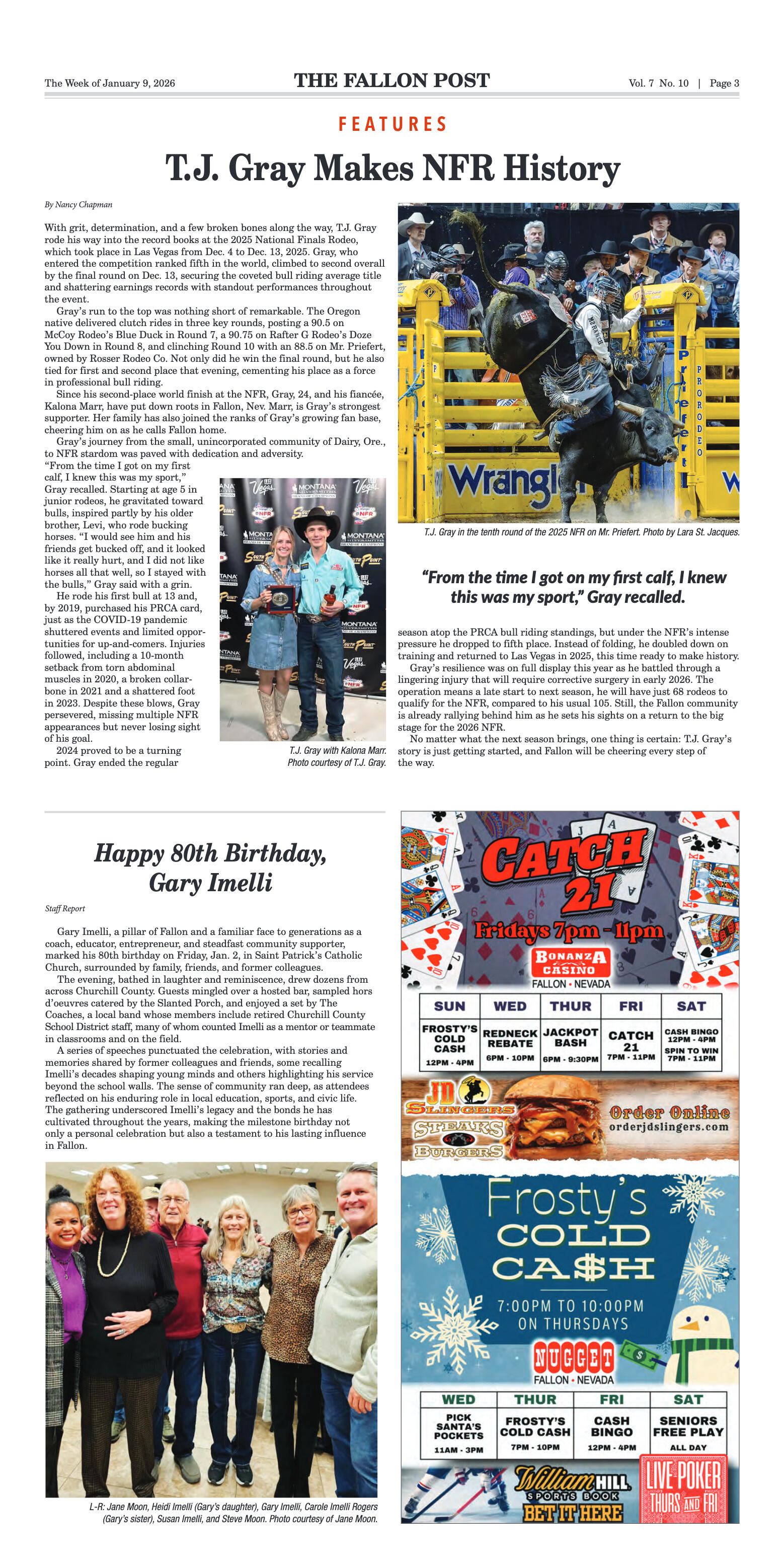

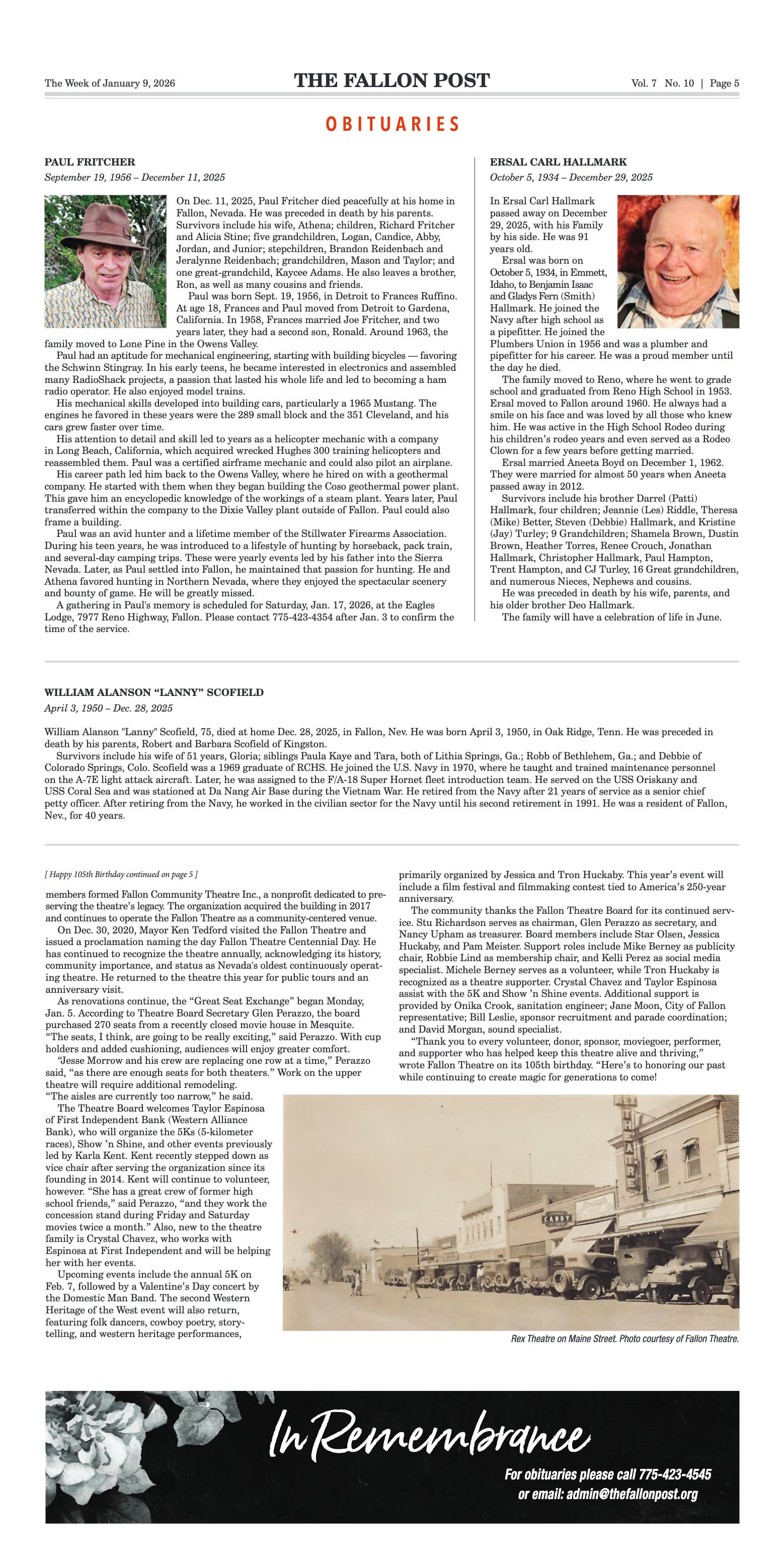
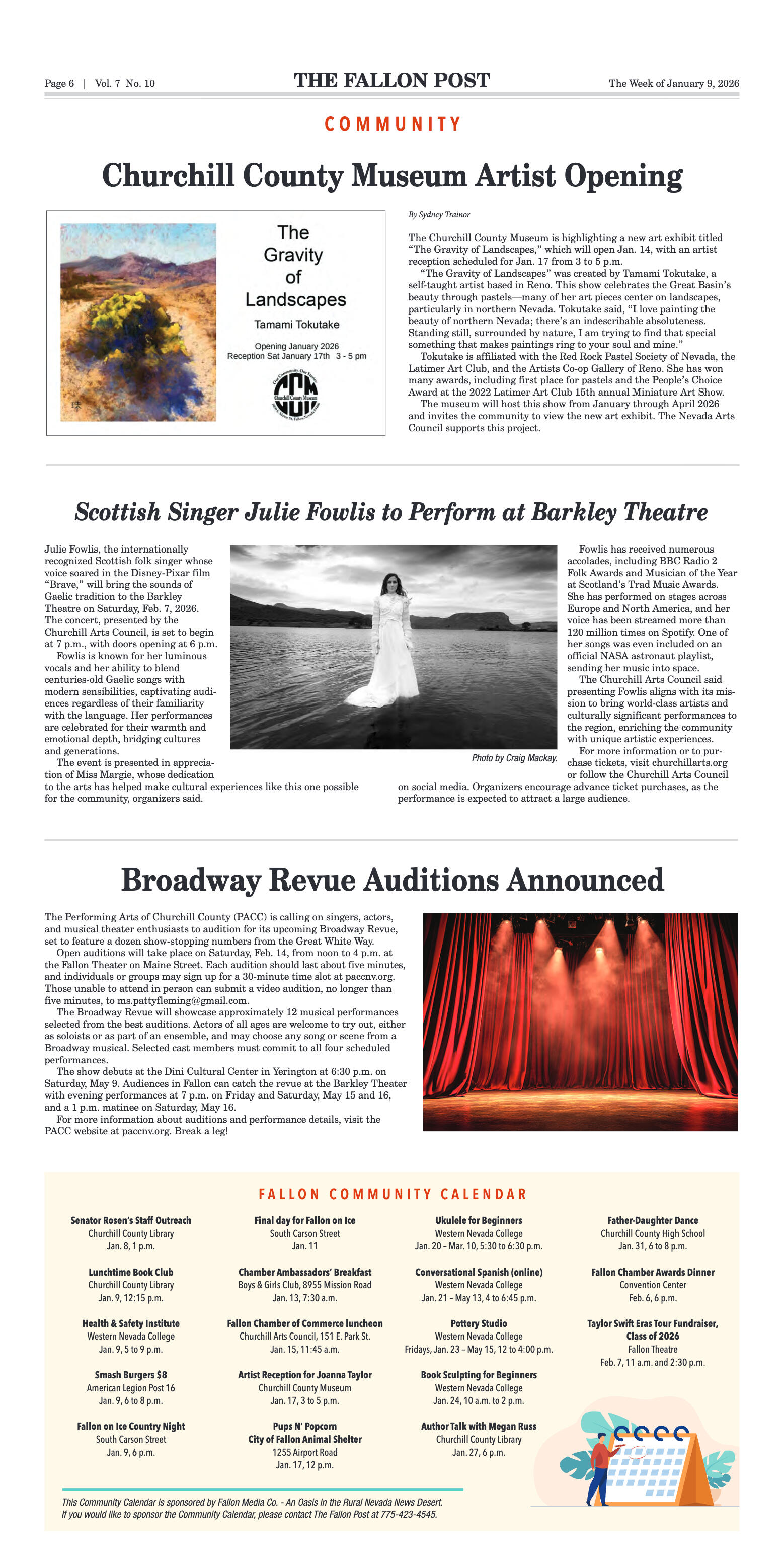
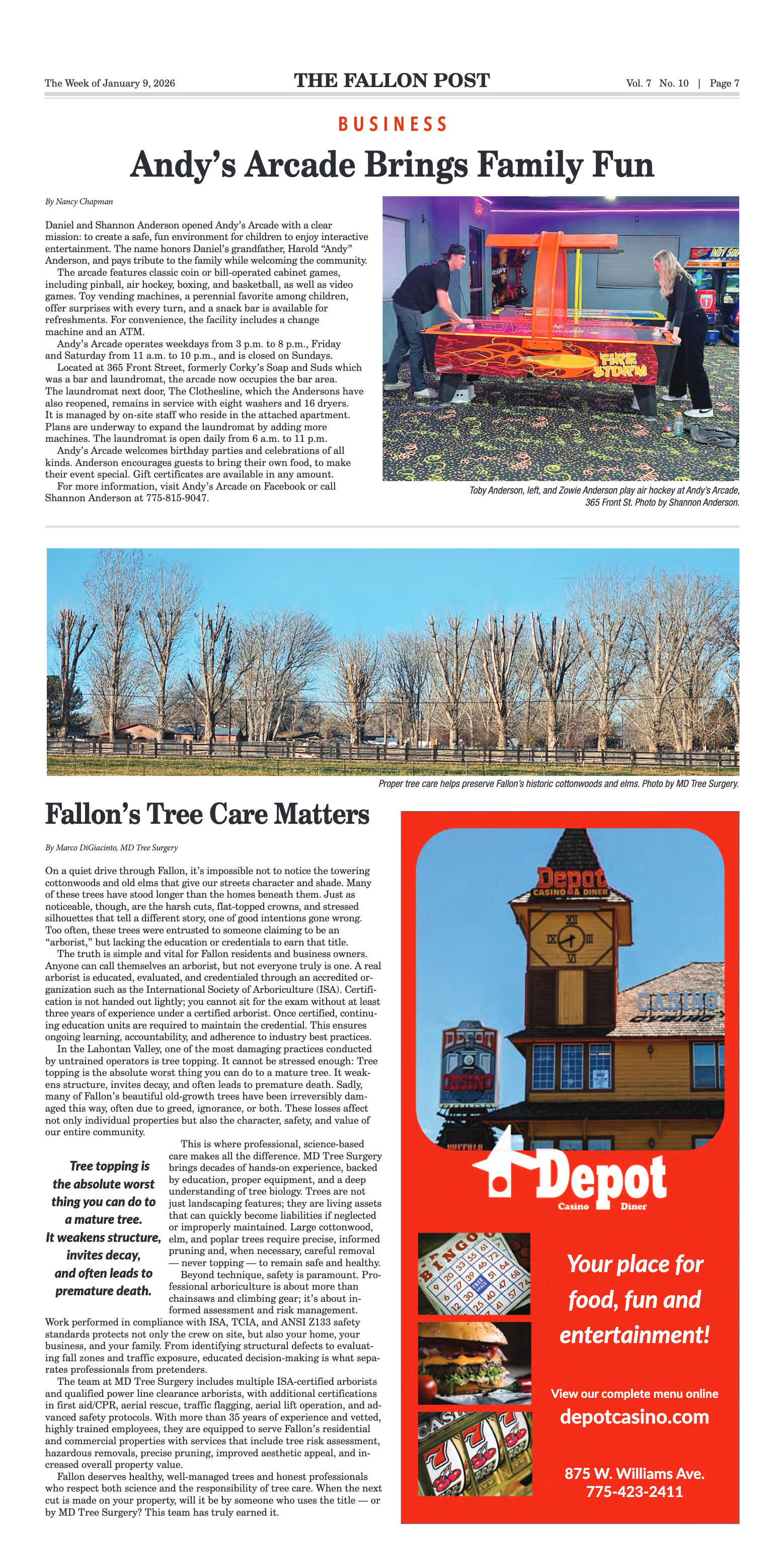

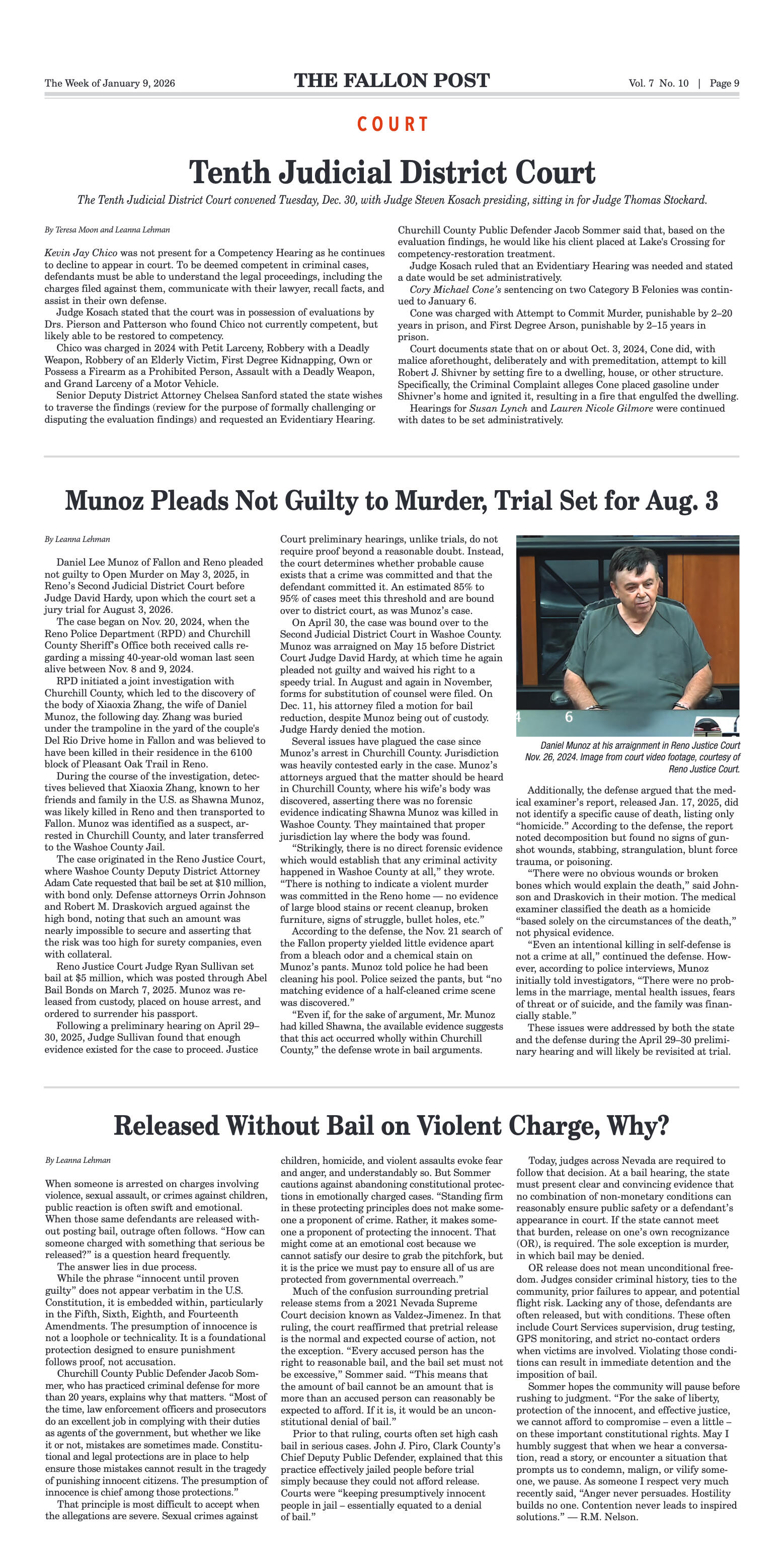
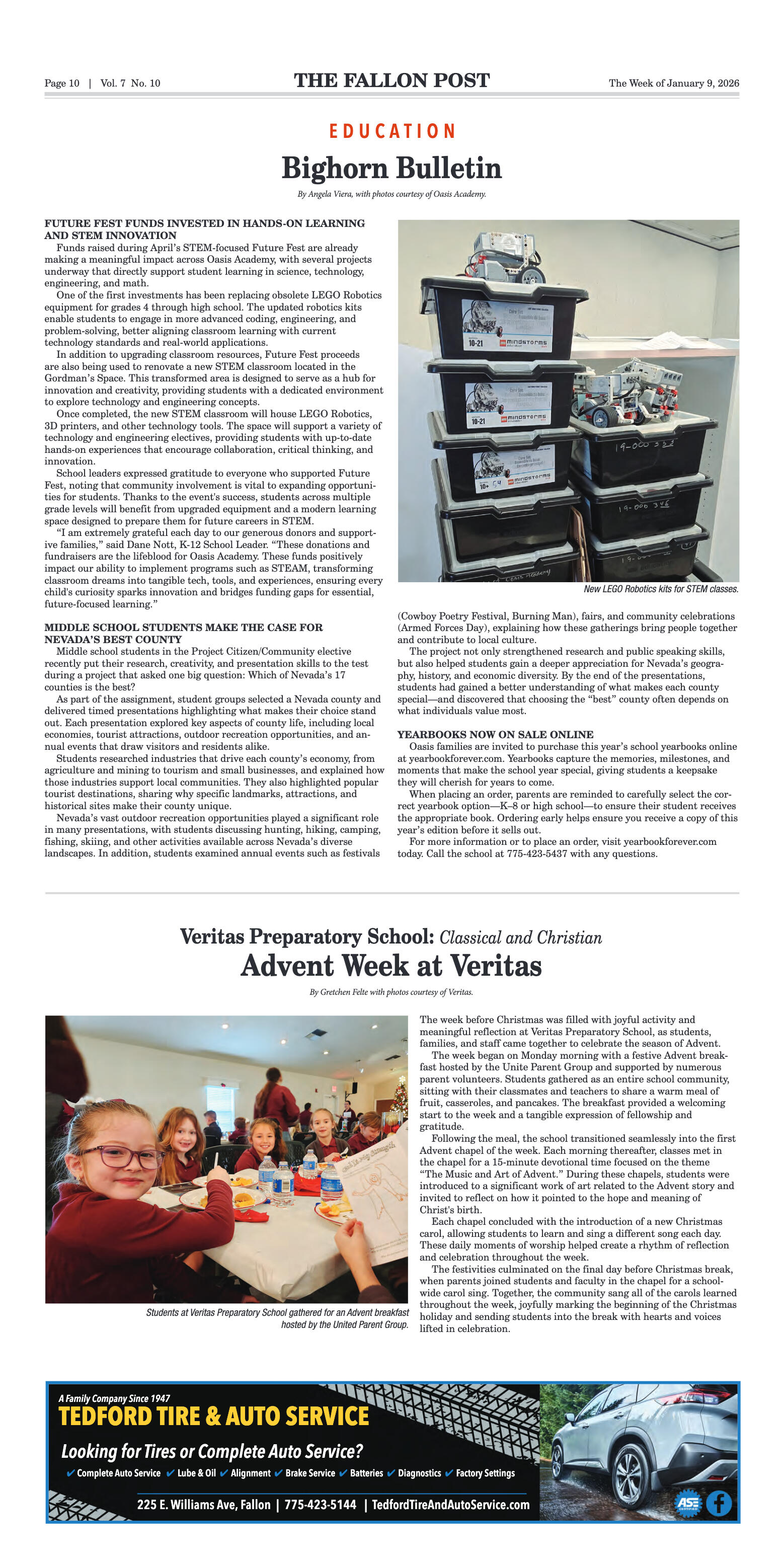
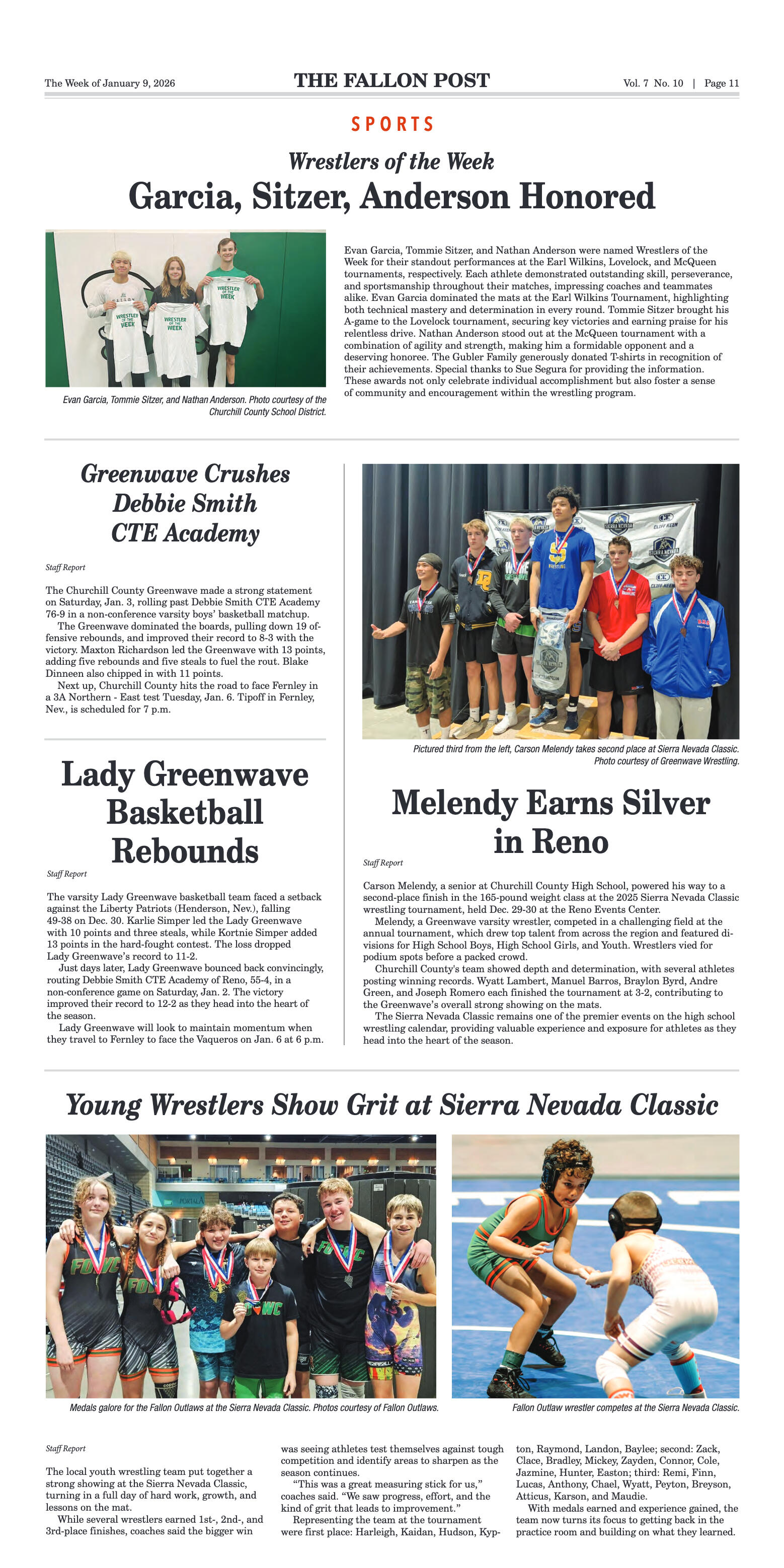
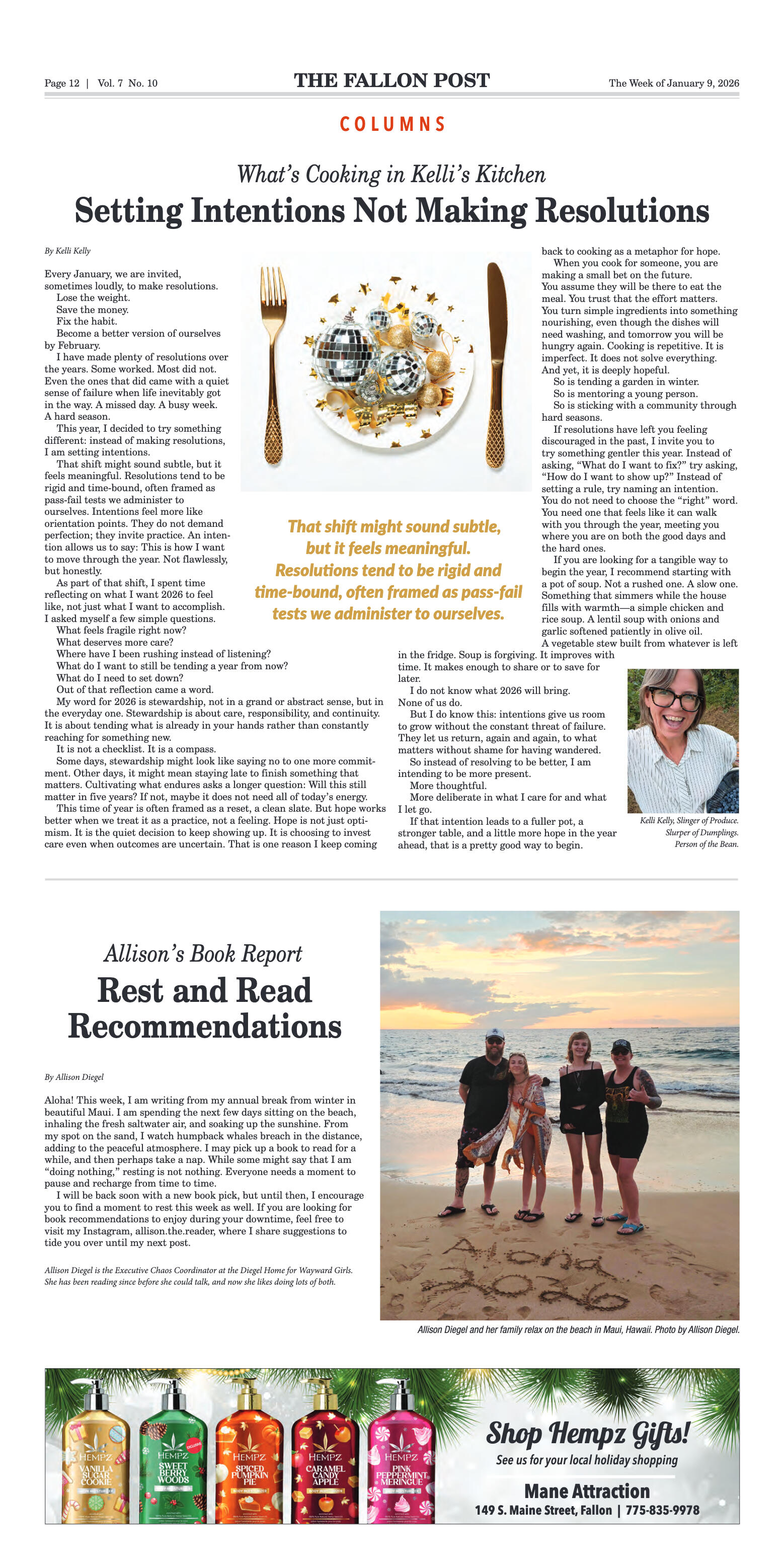




















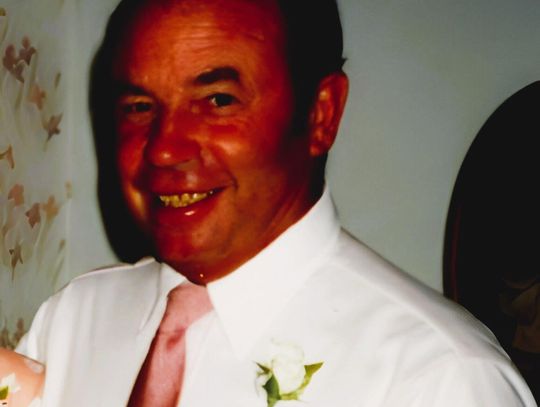
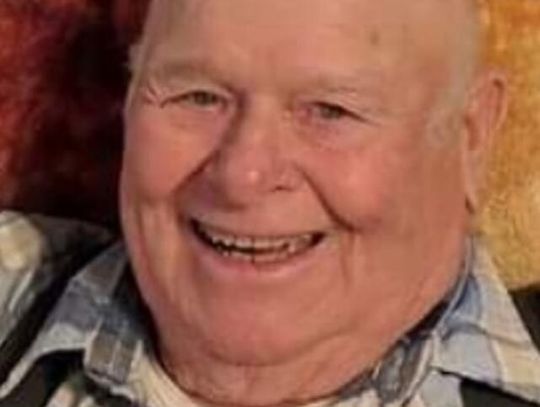

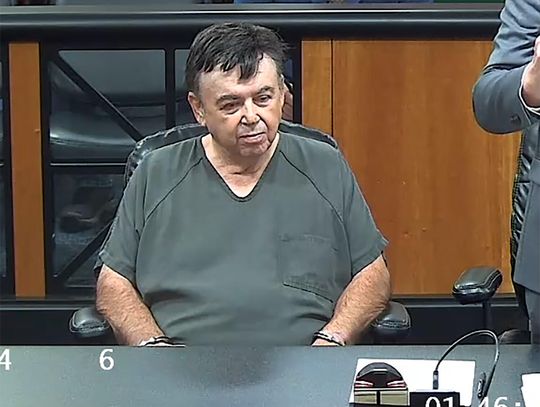


Comment
Comments